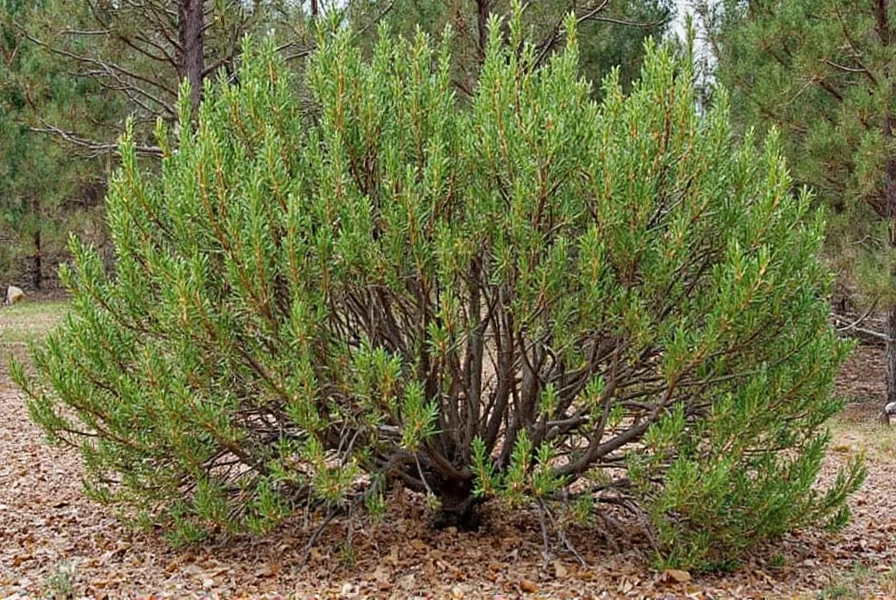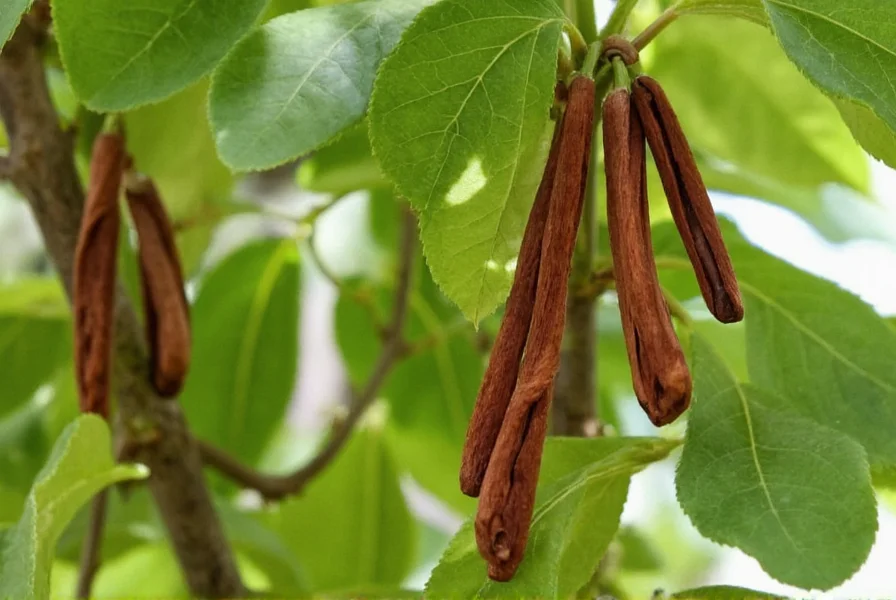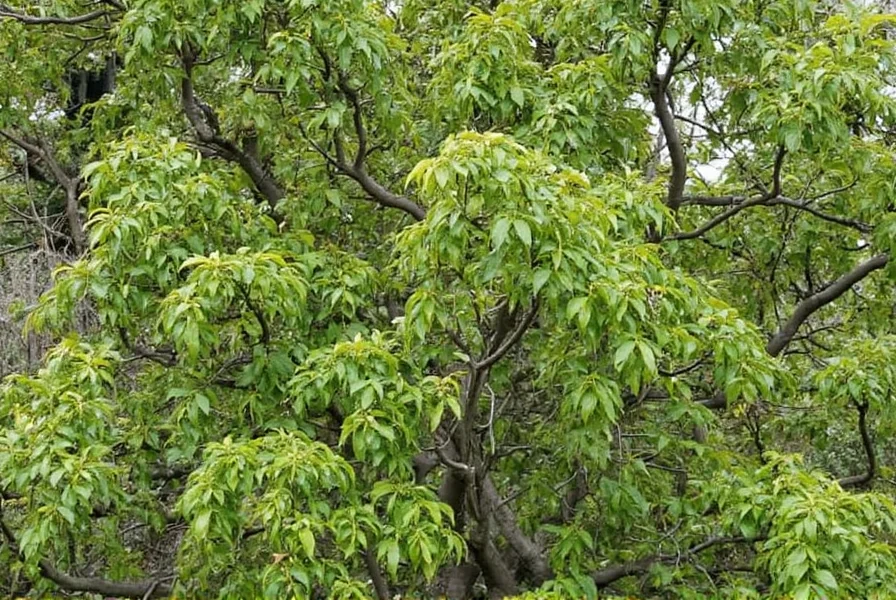Cinnamon, one of the world's oldest and most beloved spices, comes from the inner bark of trees belonging to the Cinnamomum genus. Understanding where these aromatic trees grow reveals not only their botanical preferences but also the cultural and economic significance across tropical regions worldwide.
Types of Cinnamon Trees and Their Origins
Two primary varieties dominate global production, each with distinct growing regions:
- Ceylon cinnamon (Cinnamomum verum) - Known as "true cinnamon," native to Sri Lanka
- Cassia cinnamon (Cinnamomum cassia) - More common globally, primarily grown in China and Indonesia
The geographical distinction between these varieties significantly impacts flavor profiles, with Ceylon cinnamon offering a sweeter, more delicate taste compared to the stronger, spicier Cassia.
Sri Lanka: The Heartland of Ceylon Cinnamon
Sri Lanka produces approximately 80% of the world's Ceylon cinnamon, with cultivation concentrated in the wet zone coastal regions. The districts of Matara, Galle, and Kalutara provide ideal conditions where cinnamon has been grown for centuries. Unlike Cassia, which comes from thicker bark, Ceylon cinnamon's thin, layered quills develop their distinctive flavor in Sri Lanka's unique microclimate.

Global Cinnamon Production Regions
While Sri Lanka dominates Ceylon cinnamon production, other regions specialize in different varieties:
| Country | Variety | Annual Production | Primary Growing Regions |
|---|---|---|---|
| Sri Lanka | Ceylon | 31,000 metric tons | Matara, Galle, Kalutara |
| Indonesia | Cassia | 98,000 metric tons | Sumatra, Java |
| China | Cassia | 68,000 metric tons | Guangxi, Guangdong |
| Vietnam | Saigon cinnamon | 24,000 metric tons | Central Highlands |
| Brazil | Cassia | 10,000 metric tons | Paraná, São Paulo |
Optimal Growing Conditions for Cinnamon Trees
Cinnamon trees require specific environmental conditions to thrive. Understanding where do cinnamon trees grow naturally reveals their botanical preferences:
- Climate: Tropical environments with temperatures between 77-86°F (25-30°C)
- Rainfall: 70-100 inches (1,800-2,500 mm) annually, distributed throughout the year
- Soil: Well-drained, sandy loam with slightly acidic pH (5.5-6.5)
- Elevation: Sea level to 3,000 feet (0-900 meters), with optimal growth below 1,000 feet
- Sunlight: Full sun to partial shade, with young trees requiring protection from direct sun
These conditions explain why commercial cinnamon tree cultivation regions are limited to tropical zones near the equator. Attempts to grow cinnamon outside these parameters typically yield inferior bark with less complex flavor compounds.
The Cinnamon Harvesting Process
Cinnamon production involves a specialized harvesting technique that varies slightly by region. Trees reach harvest maturity at 2-3 years old, with peak production occurring between years 5-15. The distinctive quills form through a meticulous process:
- Branches are cut from mature trees during the rainy season when bark separates most easily
- Outer bark is scraped away to expose the inner bark layer
- Workers carefully peel the inner bark using specialized knives
- Peels are left to dry, naturally curling into quills as moisture evaporates
- Quills are sorted by quality, length, and thickness before export
This labor-intensive process explains why authentic Ceylon cinnamon commands higher prices than Cassia varieties. The delicate handling required for Ceylon cinnamon's thin bark makes mechanization difficult, preserving traditional harvesting methods in Sri Lanka.
Economic Impact of Cinnamon Cultivation
Cinnamon production supports hundreds of thousands of workers across growing regions. In Sri Lanka alone, the industry employs approximately 100,000 people directly in cultivation and processing. The global cinnamon market, valued at over $1 billion annually, demonstrates the spice's enduring economic importance.
Smallholder farming dominates cinnamon production in tropical countries, with most Sri Lankan growers managing plots under 5 acres. This decentralized production model helps distribute economic benefits across rural communities, though challenges like climate change and fluctuating market prices create ongoing instability for growers.

Sustainable Cinnamon Farming Practices
As demand for cinnamon grows, sustainable practices become increasingly important. Traditional cinnamon farming in Sri Lanka follows regenerative principles:
- Agroforestry integration: Cinnamon trees often grow alongside coconut, coffee, and fruit trees
- Soil conservation: Mulching with organic matter maintains soil moisture and fertility
- Water management: Rainwater harvesting systems supplement during dry periods
- Biodiversity preservation: Maintaining native plant species around plantations
These practices help address challenges like soil erosion and declining yields that affect cinnamon tree growing regions worldwide. Certification programs like Fair Trade and Organic are gaining traction, providing premium prices for sustainably produced cinnamon.
Future of Cinnamon Cultivation
Climate change presents significant challenges for where cinnamon trees can grow in the future. Rising temperatures and changing rainfall patterns threaten traditional growing regions. Researchers in Sri Lanka are developing more resilient cultivars while exploring higher elevation areas that may become suitable as lowland regions warm.
Meanwhile, new markets continue to emerge. Countries like Madagascar and Tanzania are experimenting with cinnamon cultivation, potentially expanding the global footprint of cinnamon tree growing locations while providing economic opportunities in new regions.
Frequently Asked Questions
Can cinnamon trees grow in the United States?
Cinnamon trees cannot grow outdoors year-round in most of the United States due to temperature requirements. They may survive in USDA zones 10-12 (southern Florida, Hawaii, and extreme southern Texas) with protection during occasional cold snaps. Most American gardeners grow cinnamon trees in containers that can be moved indoors during winter.
How long does it take for a cinnamon tree to produce harvestable bark?
Cinnamon trees reach harvest maturity at 2-3 years old, though the highest quality bark comes from trees between 5-15 years old. Farmers typically cut branches during the rainy season when the bark separates most easily from the wood. A single tree can be harvested multiple times throughout its 20-30 year productive lifespan.
What's the difference between Ceylon and Cassia cinnamon growing regions?
Ceylon cinnamon (Cinnamomum verum) grows almost exclusively in Sri Lanka's coastal regions, while Cassia cinnamon (Cinnamomum cassia) thrives in China, Indonesia, and Vietnam. The different growing regions contribute to distinct flavor profiles - Ceylon's sweeter, more delicate taste develops in Sri Lanka's unique microclimate, while Cassia's stronger, spicier flavor emerges from mainland Asian growing conditions.
Why is Sri Lanka the best place for growing cinnamon?
Sri Lanka's coastal regions provide perfect conditions for Ceylon cinnamon: consistent temperatures between 77-86°F (25-30°C), high humidity, and well-drained sandy loam soils with slightly acidic pH. The island's unique microclimate allows the development of cinnamon's characteristic thin, layered quills with complex flavor compounds. These specific conditions cannot be perfectly replicated elsewhere, making Sri Lankan cinnamon distinctive.
Can you grow cinnamon trees from store-bought cinnamon sticks?
No, you cannot grow cinnamon trees from store-bought cinnamon sticks because they consist only of bark with no seeds or living tissue. Cinnamon trees must be grown from fresh seeds (which remain viable for only 2-3 weeks) or through cuttings from existing trees. The seeds require immediate planting in warm, moist conditions to germinate successfully.











 浙公网安备
33010002000092号
浙公网安备
33010002000092号 浙B2-20120091-4
浙B2-20120091-4